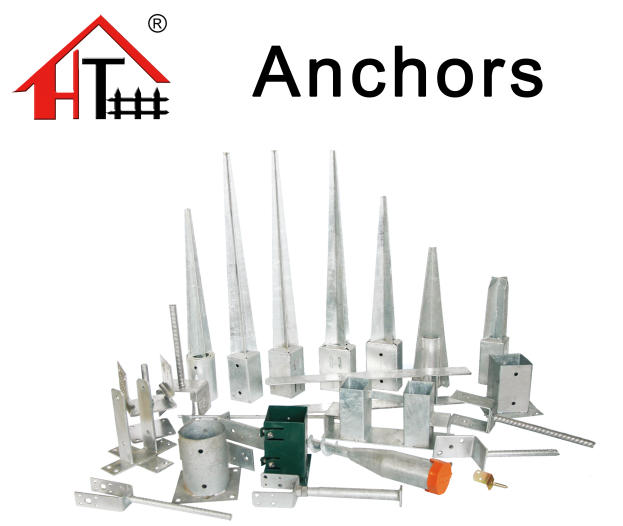Understanding Wire Mesh Dimensions A Comprehensive Guide
Wire mesh is a versatile material widely used in various industries, including construction, agriculture, and manufacturing. It consists of a network of wires that are woven or welded together to create a stable grid. One of the critical aspects of wire mesh is its dimensions, which can significantly impact its functionality and application. In this article, we will explore the importance of wire mesh dimensions, how they are measured, and their implications in different applications.
Types of Wire Mesh Dimensions
Wire mesh dimensions are typically characterized by three main parameters wire diameter, mesh opening, and roll size or sheet size.
1. Wire Diameter This refers to the thickness of the individual wires that make up the mesh. Wire diameter can range from very fine wires (in the range of millimeters) to much thicker wires (several centimeters). The choice of wire diameter affects the strength, flexibility, and overall durability of the mesh. Thicker wires typically provide greater strength and durability, making them suitable for heavy-duty applications, while thinner wires are used for applications requiring light-weight and flexibility.
2. Mesh Opening This is the space between the wires, measured from the center of one wire to the center of the adjacent wire. Mesh openings come in various sizes, depending on the intended use of the wire mesh. For example, a fine mesh with small openings may be used in filtration applications, while larger openings are common in fencing or architectural applications. The size of the mesh opening directly impacts the mesh's functionality, such as its capacity to allow air or light passage or its effectiveness in containing or restraining materials.
wire mesh dimension

3. Roll Size or Sheet Size Wire mesh is often sold in large rolls or flat sheets. The dimensions of these rolls or sheets can vary significantly. A common roll size may be 4 feet by 100 feet, while sheets can come in standard sizes such as 4 feet by 8 feet. The size of the roll or sheet influences the amount of material needed for a project and can affect ease of handling and installation.
Importance of Choosing the Right Dimensions
Selecting the appropriate wire mesh dimensions is critical to the success of a project. For instance, in construction applications, using a wire mesh with inadequate strength could compromise structural integrity. In agricultural settings, the wrong mesh size could either fail to keep pests out or impede irrigation.
Additionally, wire mesh dimensions must align with regulatory standards and industry specifications. Certain applications might require specific mesh sizes or material qualities, and failing to comply could lead to operational issues or safety risks.
Conclusion
Wire mesh dimensions play a vital role in determining the effectiveness and suitability of the material for various applications. Understanding the nuances of wire diameter, mesh opening, and roll or sheet size is essential for selecting the right type of wire mesh for any project. By carefully considering these dimensions, users can ensure that they employ wire mesh that meets their specific needs, enhancing both functionality and safety across different applications. Whether used in construction, agriculture, or manufacturing, the right wire mesh dimensions can make all the difference.
















